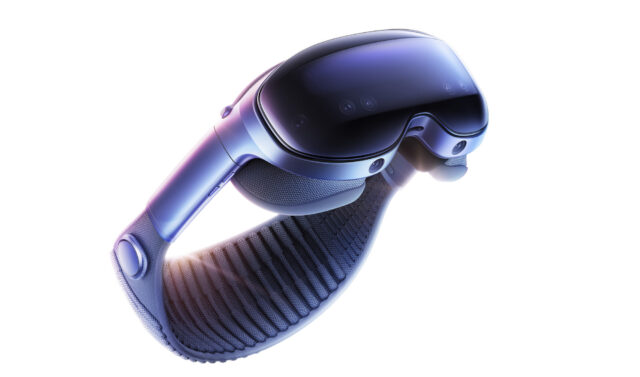Chinese smartphone maker vivo takes aim at Apple and Meta with its first mixed reality headset

vivo has entered the mixed reality market with the launch of its first headset, the vivo Vision Discovery Edition. The headset enters a field dominated by Meta, Apple, and other global players, but is the first mixed reality device from a Chinese smartphone maker.
The device has been in development for four years and vivo says it is for “everyday use” rather than short demos or niche applications.
SEE ALSO: Will Apple Vision Pro conquer Asia after flopping in the US?
It weighs 398g and measures 83 mm in height and 40 mm in thickness, which makes it lighter and smaller than many rival headsets.
To improve comfort, vivo has included four different face seals and eight types of foam padding, giving users multiple fitting options for longer sessions.
Instead of relying on controllers, the Vision Discovery Edition uses a mix of eye-tracking and hand gestures. vivo says the system can detect eye movements with 1.5-degree accuracy and can track fingertip gestures across a wide range of motion. That allows users to select, move, or resize digital objects in mid-air, replacing the tap and swipe gestures used on phones.
Mixed reality competition
The visuals are powered by dual Micro-OLED screens that together deliver 8K resolution. The company says the displays cover a wide color range and are tuned so that brightness and color remain consistent between both eyes, which is meant to reduce eyestrain.
Inside, the headset runs on Qualcomm’s Snapdragon XR2+ Gen 2 chip, which promises more than double the graphics performance and much higher AI processing compared with its predecessor.
For media, the Vision Discovery Edition can project a virtual 120-foot screen, creating a cinema-like experience in any space. Sports and esports broadcasts can be viewed from multiple angles or in split-screen mode, while games and other immersive apps run within a 3D environment.
vivo is positioning its Vision Discovery Edition up against better known products like Apple’s Vision Pro and Meta’s Quest 3, both of which are aimed at the premium end of mixed reality.
Apple and Meta themselves have struggled to make a meaningful impact with their headsets, showing how difficult it is to turn mixed reality into a mainstream category. Success for vivo will likely come down to pricing, which has yet to be announced, as many consumers understandably remain reluctant to pay high costs for devices they are unsure they will use regularly once the honeymoon period is over.
The Vision Discovery Edition is smaller and lighter than many rivals, and its focus on comfort may appeal to users who find existing headsets too heavy. vivo also has a clear advantage in China, where its large smartphone base and retail network could give it the edge that others lack.
